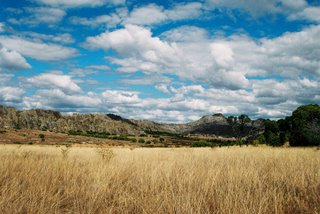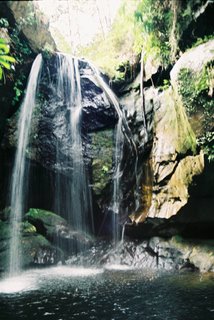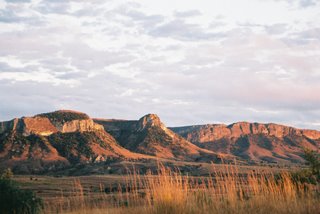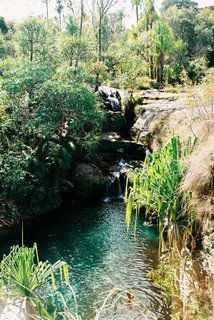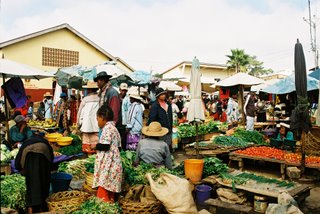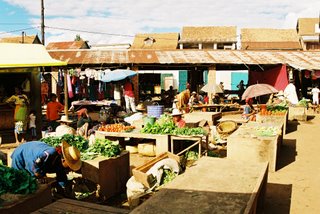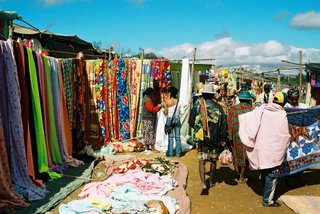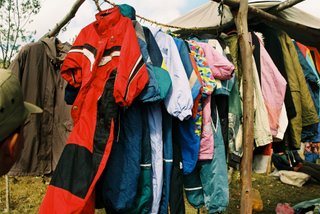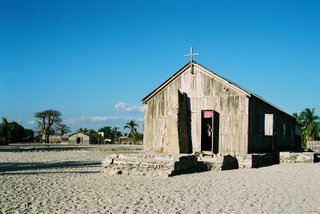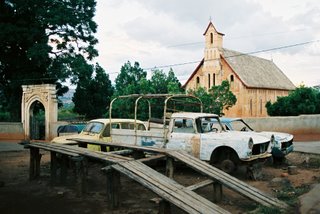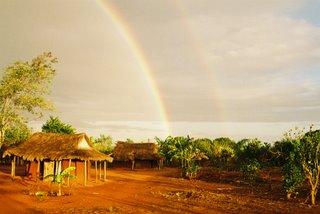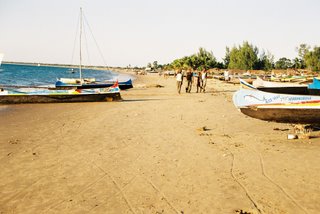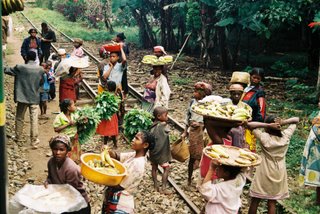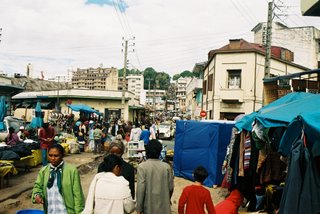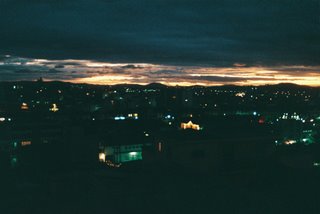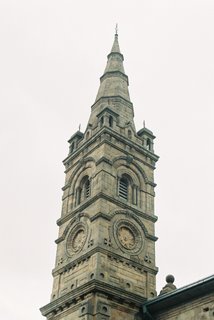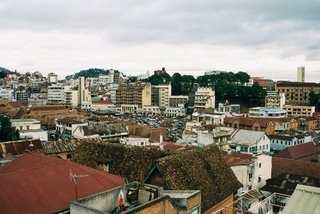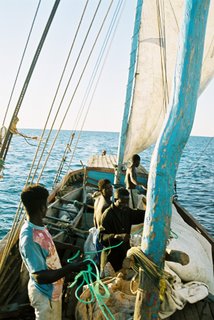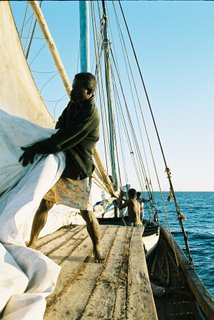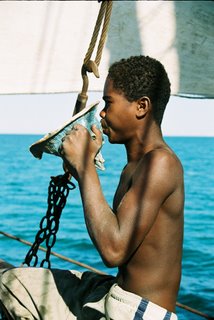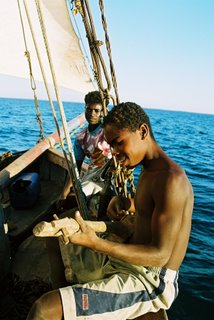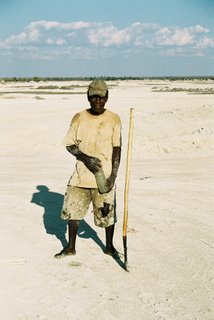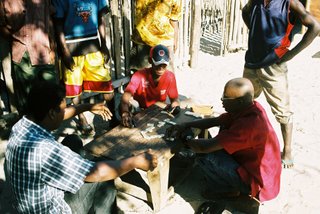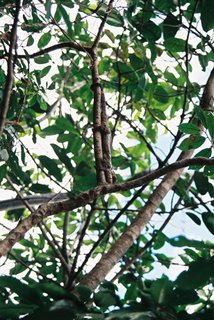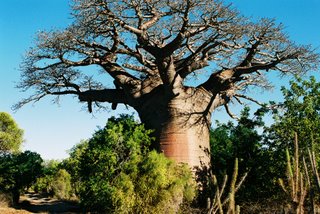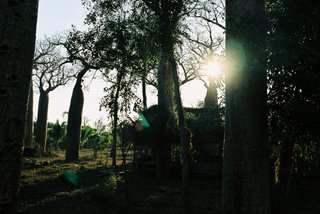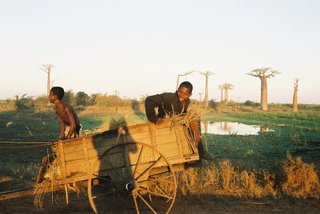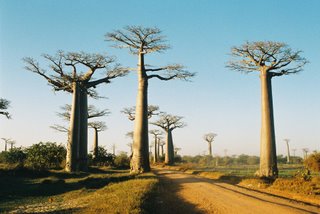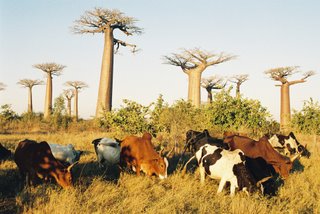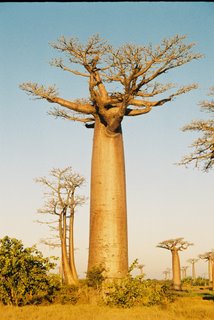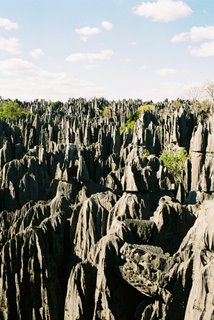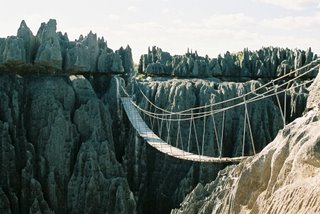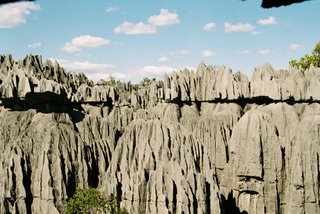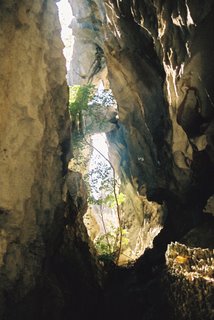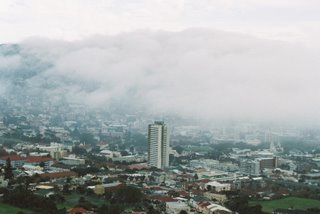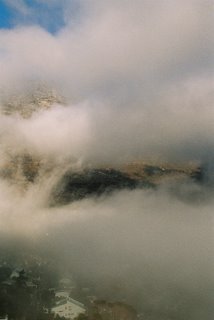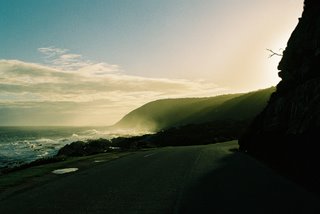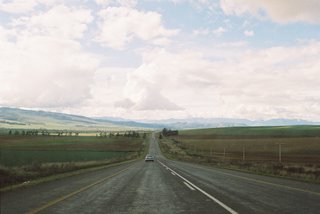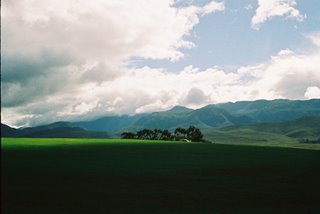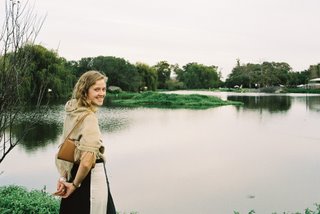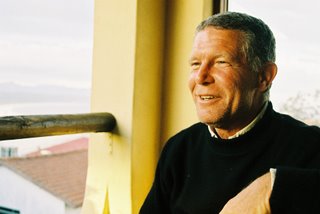In this park, I did my favourite walk of the trip. First a hike into and around the plateau, and then, the next day, the Pic Boby ascent. Pic Boby is the second highest peak of Mada. The highest has no easy access. For a few moments, I was the highest man on the eighth continent.

At the gatekeeper's house, a few girls were braiding their hair. We climbed what you see behind them.

The view from Pic Boby: these are the landscapes we walked through. Described as lunar in tourist guides, they are stark: smooth granite blocks shaped by thousands of rains, this was the first time I'd seen anything like it.

The view down the plain. You can see the rice paddies in the back. This is Betsileo land, the tribe that can get three harvest in a year. Not so high though; the cold only allows one.
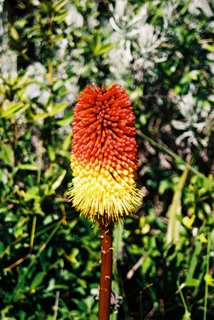
I forget the name of this flower. It grows on an Aloe.
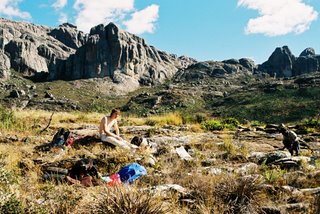
Anicet (right) and Arnaud (left), my two hiking companions. Anicet is an ANGAP agent, probably the man with the best knowledge of the park around. He usually only guides the gros bonnets, which we were apparently. Arnaud was an intern at Isalo, and had been offered a trip up Pic Boby. I tagged along.
 At the gatekeeper's house, a few girls were braiding their hair. We climbed what you see behind them.
At the gatekeeper's house, a few girls were braiding their hair. We climbed what you see behind them. The view from Pic Boby: these are the landscapes we walked through. Described as lunar in tourist guides, they are stark: smooth granite blocks shaped by thousands of rains, this was the first time I'd seen anything like it.
The view from Pic Boby: these are the landscapes we walked through. Described as lunar in tourist guides, they are stark: smooth granite blocks shaped by thousands of rains, this was the first time I'd seen anything like it. The view down the plain. You can see the rice paddies in the back. This is Betsileo land, the tribe that can get three harvest in a year. Not so high though; the cold only allows one.
The view down the plain. You can see the rice paddies in the back. This is Betsileo land, the tribe that can get three harvest in a year. Not so high though; the cold only allows one. I forget the name of this flower. It grows on an Aloe.
I forget the name of this flower. It grows on an Aloe. Anicet (right) and Arnaud (left), my two hiking companions. Anicet is an ANGAP agent, probably the man with the best knowledge of the park around. He usually only guides the gros bonnets, which we were apparently. Arnaud was an intern at Isalo, and had been offered a trip up Pic Boby. I tagged along.
Anicet (right) and Arnaud (left), my two hiking companions. Anicet is an ANGAP agent, probably the man with the best knowledge of the park around. He usually only guides the gros bonnets, which we were apparently. Arnaud was an intern at Isalo, and had been offered a trip up Pic Boby. I tagged along.
